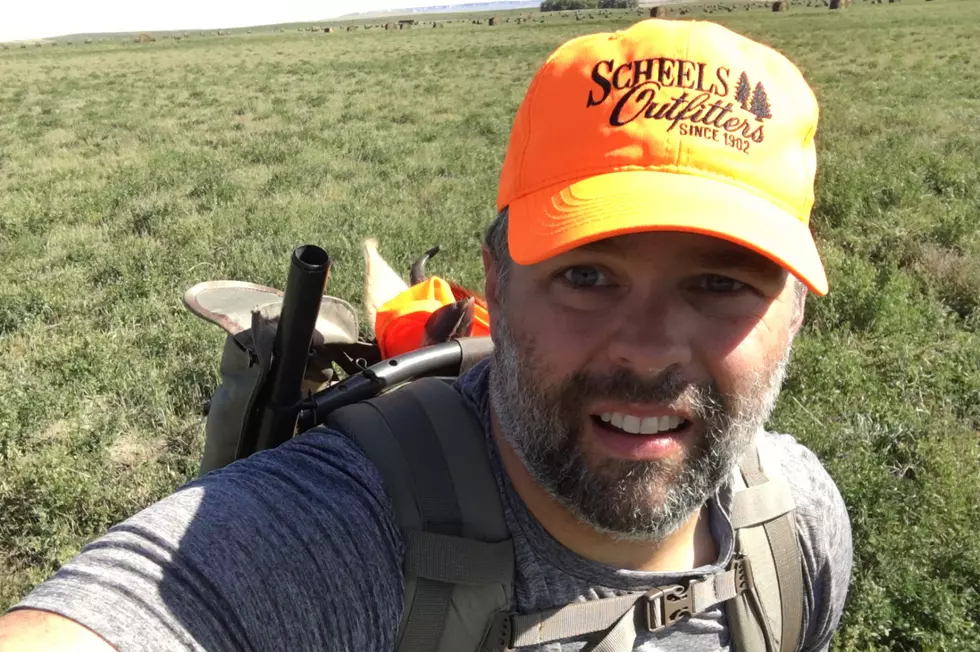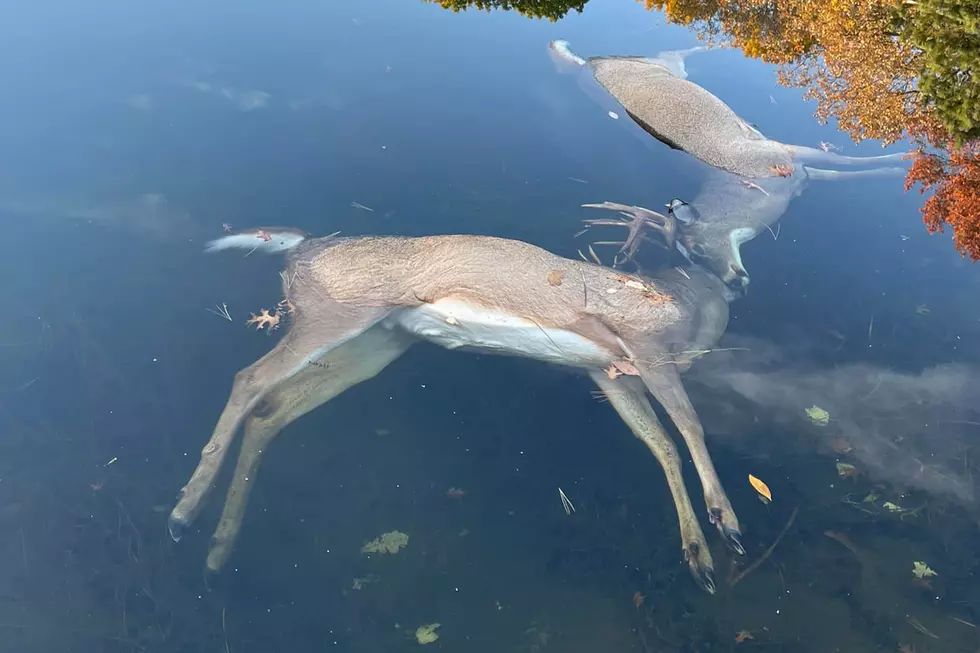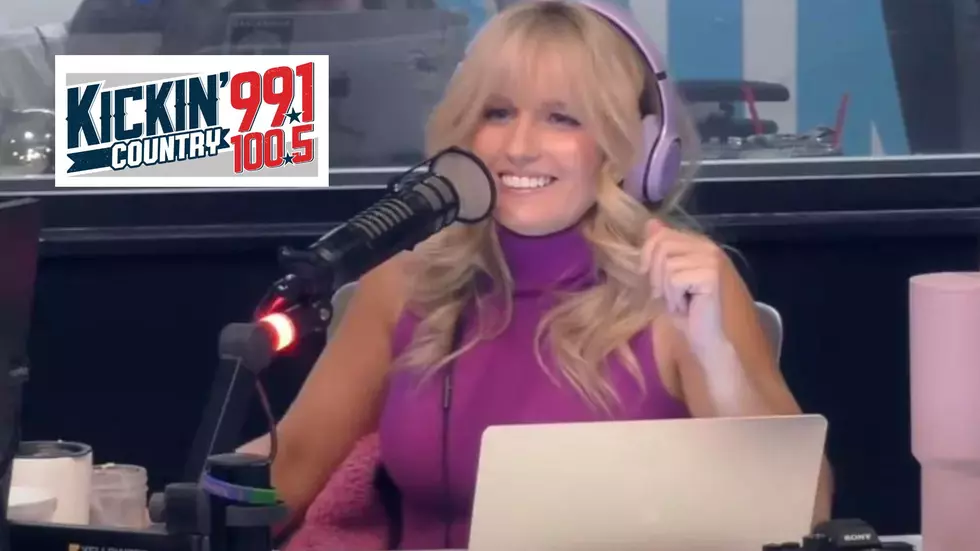
Trying Something Different: My First Antelope Hunt
Three years ago I started buying preference points for antelope. I figured some day I would want to give it a whirl but didn't have any serious interest until after trying elk hunting last year. Walking around wide-open spaces is a lot more fun, at least for me, than sitting in a deer blind just waiting for one to walk by. Since I'm not going to be able to apply for a first draw elk tag for another nine years, I thought I would take a crack at antelope. After reading up on it, and watching the Wyoming antelope hunt on Meateater probably a dozen times, I thought it would be a blast to hunt something that wasn't too hard to find but pretty tough to sneak up on. That was exactly how our hunt went. It's quite a story.
My friend Ben also had a bunch of antelope points so we applied together for the western unit of Harding County, a corner of the state I had only passed through while on a Black Hills State football bus to Dickinson, North Dakota in 1995. Having grown up in the southeasternmost county in South Dakota, Union, it was kind of a trip is in its northwestern counterpart.
Ben knew nothing about Harding County as I did, but he had hunted antelope before so I had some help. We did it on the cheap and quiet, sleeping in Ben's truck and waiting to hunt until after the second weekend of the season. Opening day of a big game hunting season in South Dakota is slightly less crazy than a Black Friday sale, but everyone is carrying a high powered rifle and it's just not much fun competing for space on public land. On Monday, October 7 we didn't see any other hunters except for a couple of bowhunters who came out for the evening to hunt deer.
The hunt started exactly the way I had hoped. We walked for about a mile into a large chunk of the public walk-in area when I questioned what the dozens of black dots were way off in the distance.
"Are those cows?" I asked Ben.
"I think those are bushes," he replied.
I pulled my binoculars out of their harness and got a closer look.
"Those are round bales. And there's antelope over there," I announced.
After giggling at our ineptitude at identifying the bales, which we later learned were over a mile away, we hatched a plan to go after the antelope. There was a creek with a few trees along with it between us and them. We also had the cover of the bales to hide behind. So we took our time and stayed out of sight, occasionally glassing them to make sure they were still there. Once we got to the alfalfa field the bales and antelope were in we dropped our packs and got as close as we could while walking, then slung our rifles and started crawling.
After moving about 60 yards on our hands and knees we were close enough to see with our binoculars that the three pronghorn were all bedded down facing away from us. This was a huge break. The wind was directly at their backs as they faced northwest while we came into their blind spot directly from the south. We took turns leapfrogging from one bale to the next. I moved up while Ben watched them, ready to warn me if they looked in our direction. Then I reciprocated while Ben moved up. This process repeated until we got within 220 yards, well within range with a 1,500-pound bale for a rifle rest. Couldn't have a better situation.
We watched the two adult bucks and a spike for more than 30 minutes. I started feeling a headache coming on. It happens to me if I haven't had enough water while sweating a lot, which the crawl and excess clothing had caused. But I was without my water after dropping my pack. After another 15 minutes, I was getting anxious and wanted to force the matter.
Since I had spotted them I called dibs on the biggest one. The other buck, almost the exact same size as mine, got up and started snacking on alfalfa again. I told Ben I should take him and then I would take mine when they stood up after Ben's shot. It was the only part of our plan that didn't go the way we thought it would.
Ben fired and dropped his buck right where it stood. The other two went from bedded down to a full sprint. They ran in the direction they were facing, probably 150 yards or more away from us, then stopped abruptly and looked around. We stayed where we were behind the cover of our bale. They had no idea we were there until the shot and they still couldn't find the danger so they appeared to calm down and started eating again.
I needed to get closer. We had been 220 yards away before Ben fired, but after the run, I knew they were well over 300 yards away. I had been practicing with my rifle and there was virtually no wind but still wanted to take the most ethical shot I could. That meant I wanted to be way closer to 300 than 400 yards away. I started belly crawling with my rifle in front of me to the next bale over 100 yards away.
During my crawl, the antelope stepped behind a distant bale and I was out of their sight. I got up and ran up to the bale. With my heart pounding and my rifle rested I reached for my rangefinder. It was gone. I failed to zip the pocket of my bino harness that it was in and I'm sure it fell out during my crawl. I cussed myself and tried my best to keep cool.
Now came the pressure. I have screwed up shots at deer as close as 70 yards where I completely missed. Now I had the longest shot I would ever attempt in front of me but had no idea how far it was. My best-educated guess, knowing that we had been at 220 and then ran what I thought was 150 yards away but then had worked themselves another 75 to 100 yards to my right, but I closed within another 100. I felt like that Julia Roberts math meme which isn't actually Julia Roberts?
I decided he was right around 300 yards away and waited until I caught my breath enough to make the scope stop bobbing up and down like I was aiming while riding in a boat. The antelope stopped broadside, I moved my finger to the trigger and fired.
He ran for about 30 or 40 yards before piling up. I couldn't believe it. I had called a good shot but assumed I screwed it up again. Thankfully it was a great shot, right through the heart. Unfortunately, I did damage the backside shoulder so there was more meat loss than I would have liked.
I had harvested my first antelope and I was elated. Not for the death of the animal, but for the accomplishment of a mostly well-executed stalk. It was just over a mile we had traveled over the course of two hours. I was kind of spent physically and emotionally, but the work hadn't even started yet. I still had to gut, skin, and bone out the animal.
Then came my first pack out of a big game animal. Carrying 60 pounds of meat, hide and head on your back for two miles is quite a chore. Doing it with a dehydrated headache is miserable. I finally retrieved my pack and water but by then it was too late. My head was pounding. I also left my ibuprofen in the truck so relief would have to wait.
I highly recommend an antelope hunt. It's probably a once every other year tag in most places so start buying points now. If you get up to two points you'll be all but guaranteed a tag in Harding County. And if you get that tag and hunt the controlled access walk-in area north of Buffalo and you find a Sig Kilo 850 rangefinder, congratulations, it's yours.
More From KIKN-FM / Kickin' Country 99.1/100.5
![Midwest Hunter Tags The Buck Of A Lifetime [PHOTO]](http://townsquare.media/site/672/files/2022/12/attachment-Feat-37.jpg?w=980&q=75)




![Meet Pippy, The Rez Dog That found a Home On the Range [LISTEN]](http://townsquare.media/site/483/files/2024/07/attachment-20240718_154443.jpg?w=980&q=75)
![Tyler Halverson-From South Dakota to Nashville [UPDATE]](http://townsquare.media/site/483/files/2021/05/20210514_094526.jpg?w=980&q=75)


